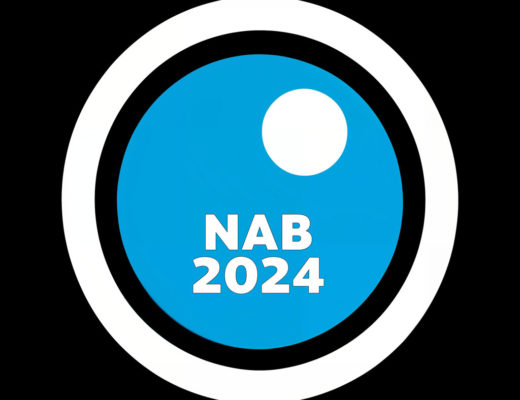 What are some of the key considerations in implementing digital asset management for audio resources? Jean-Christophe Kummer, managing partner, NOA Audio Solutions shares his insights
What are some of the key considerations in implementing digital asset management for audio resources? Jean-Christophe Kummer, managing partner, NOA Audio Solutions shares his insights
With the price of digital storage dropping and succeeding generations of audio players growing obsolete, high-resolution digital storage becomes the only long-term solution for audio preservation. Digitisation has three purposes: to assure preservation of audio content, to make content easier to manage, and to make content easier to repurpose. While archivists have been digitising audio files for more than a decade, challenges remain, and several issues must be considered in planning for the process and assessing digital asset management (DAM) vendors.
Among these issues are the architecture underlying the DAM’s metadata – how the metadata will be entered into the system; the ability of the system to be customised to the enterprise’s needs; assurance of digital sound quality; the impact of the digitisation process itself on the enterprise; how efficient the system will be to use in the future and lastly the provider’s commitment to training and ongoing support.
Once the need to implement digital management for audio assets has been established, it is imperative that one works with a digital asset management provider that looks at the challenges from an archivist’s viewpoint. This means the provider has thought through the array of issues relating to how audio media has been annotated in the past, and how it will be searched for in the future.
Continues @Timeless Audio | DigitalProductionME.com.
Related articles by Zemanta
- Why Digital Asset Management (DAM) is Valuable for Global Marketing (digitalassetmanagement.org.uk)
- Reshaping the Way Organizations Think About Digital Asset Management (digitalassetmanagement.org.uk)
- MA Digital Asset Management (digitalassetmanagement.org.uk)

Filmtools
Filmmakers go-to destination for pre-production, production & post production equipment!
Shop Now














